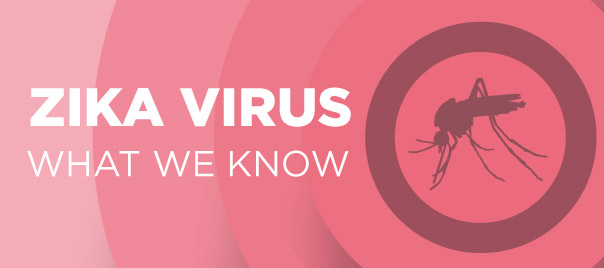The highly publicized mosquito-borne illness known as the Zika Virus has global health leaders on high alert. Though first discovered in Uganda in 1947, the recent outbreak in Brazil, and its spread to U.S. territories and the states has the Obama administration asking Congress for $1.8 billion in funding to fight the virus.
Dr. Anne Schuchat with the Centers for Disease Control (CDC) recently sat down with White House Press Secretary Josh Earnest for a briefing on the state of the global response.
Though there are no commercially available diagnostic tests for the Zika Virus, health care providers are encouraged to report suspected cases to their state or local health departments to facilitate diagnosis and help mitigate the risk of local transmission.
Dr. Schuchat said in addition to the travel guidances released last week, they’ve also issued guidances for health care workers to assist in caring for women who may have been exposed to the virus.
Clinical signs and symptoms are acute onset of fever with maculopapular rash, arthralgia, or conjunctivitis. Other commonly reported symptoms include myalgia and headaches, with mild symptoms lasting for several days to a week.
Finally, because Zika testing is not listed in the drop-down menu for the Test Order Name field, clinicians will need to select the “Arbovirus Serology” option and type Zika testing into the summary field. According to the CDC, test results are normally available four to 14 days after specimen receipt.
For more information visit cdc.gov/zika and select Health Care Providers.


